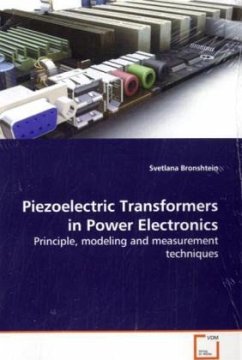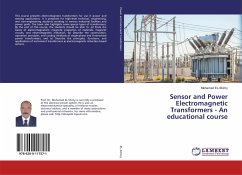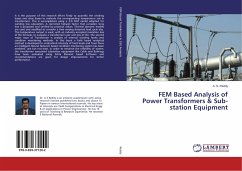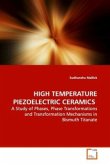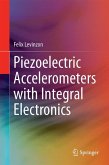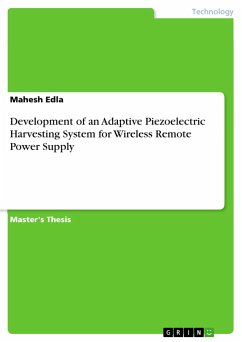Power electronic circuits have traditionally been
based on magnetic technology, and until recently,
have not been part of the tide of miniaturization
and integration advances from which signal-
processing integrated circuits have benefited. In an
effort to miniaturize power components
piezoelectric, rather than magnetic transformer
could be employed in the power supplies. Utilization
of piezoelectric transformers in power electronics
became possible since new piezoelectric materials
have recently been grandly developed that exhibit
improved piezoelectric ceramic characteristics. In
the past few decades, piezoelectric transformers
have been developed and used widely in many
applications, such as DC/DC converters, adapters,
and electronic ballasts for fluorescent lamps. The
unique nature of the piezoelectric transformer
offers the opportunity for innovative circuit design
such as operating above resonance for inductive
behavior to achieve soft switching without
compensating inductors.
based on magnetic technology, and until recently,
have not been part of the tide of miniaturization
and integration advances from which signal-
processing integrated circuits have benefited. In an
effort to miniaturize power components
piezoelectric, rather than magnetic transformer
could be employed in the power supplies. Utilization
of piezoelectric transformers in power electronics
became possible since new piezoelectric materials
have recently been grandly developed that exhibit
improved piezoelectric ceramic characteristics. In
the past few decades, piezoelectric transformers
have been developed and used widely in many
applications, such as DC/DC converters, adapters,
and electronic ballasts for fluorescent lamps. The
unique nature of the piezoelectric transformer
offers the opportunity for innovative circuit design
such as operating above resonance for inductive
behavior to achieve soft switching without
compensating inductors.

